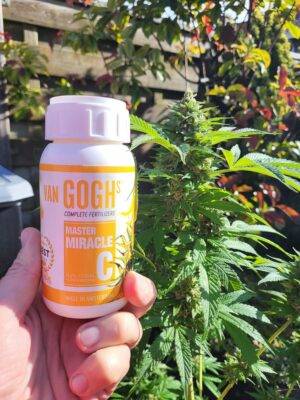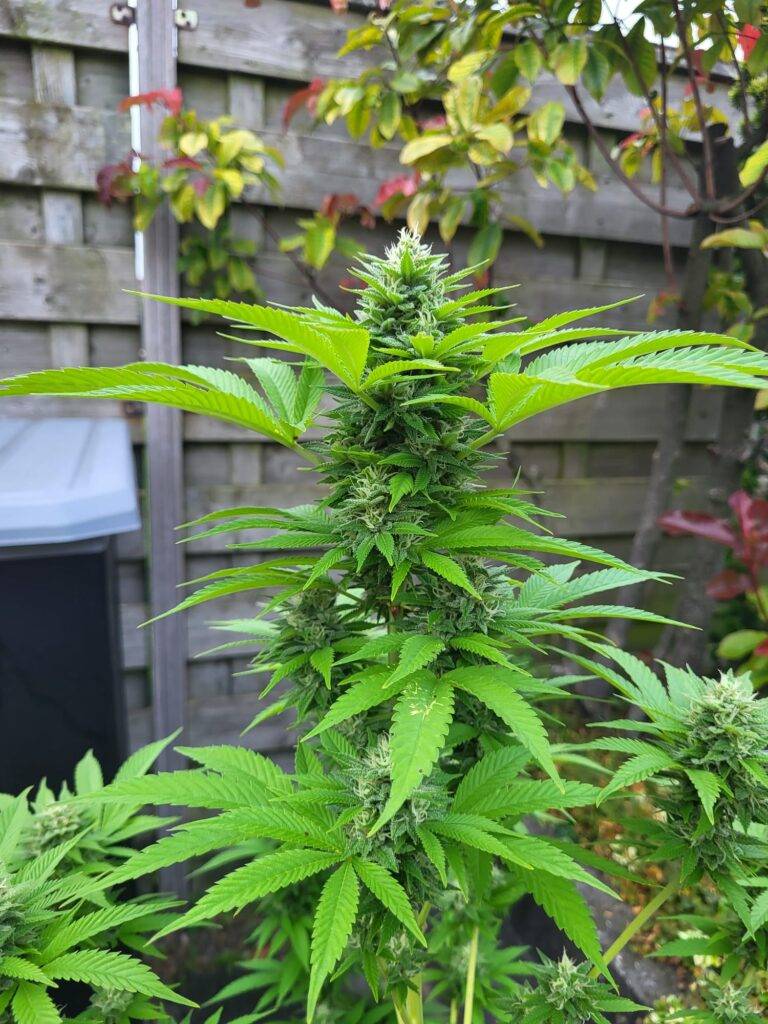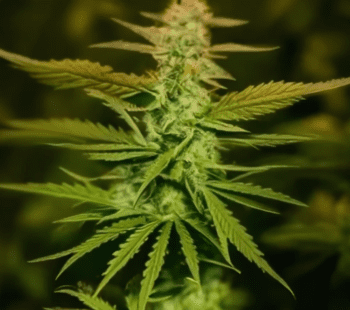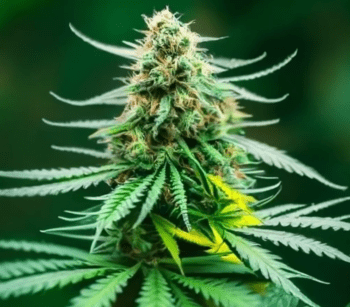Can Autoflower Produce Seeds?
Autoflowering cannabis strains have been a hot topic in the world of cannabis cultivation for quite some time. These unique plants have the ability to flower automatically without the need for a specific light cycle. But one question that often arises is, “Can autoflower produce seeds?” The answer is a resounding yes. Let’s delve deeper into this topic.
Understanding Autoflowering Cannabis
Autoflowering cannabis strains are a result of extensive genetic manipulation involving the crossbreeding of Cannabis Sativa or Cannabis Indica with Cannabis Ruderalis. The latter is a wild variety of cannabis that grows in regions with short summers, causing it to flower automatically, hence the name ‘autoflowering’.
Autoflowering Cannabis and Seed Production
Just like any other cannabis plant, autoflowering strains can indeed produce seeds. However, the process is slightly different and requires a bit more attention to detail. Here’s how it works:
- Self-Pollination: Autoflowering cannabis plants can self-pollinate, a process known as hermaphroditism. This is a survival mechanism that allows the plant to produce seeds even in the absence of a male plant.
- Cross-Pollination: Autoflowering plants can also be cross-pollinated with other plants. This is typically done by growers who want to create new strains with specific traits.
Benefits of Autoflowering Cannabis Seed Production
There are several benefits to producing seeds from autoflowering cannabis plants:
- Fast Growth: Autoflowering cannabis plants grow quickly, often ready for harvest in just 8-10 weeks. This allows for multiple harvests within a single growing season.
- Resilience: These plants are typically more resistant to disease and pests, making them easier to grow for beginners.
- Small Size: Autoflowering plants are usually smaller in size, making them ideal for indoor growing or in areas with space constraints.
Challenges in Autoflowering Cannabis Seed Production
While autoflowering cannabis plants can produce seeds, there are a few challenges that growers should be aware of:
- Lower THC Content: Autoflowering strains typically have a lower THC content compared to their non-autoflowering counterparts.
- Less Yield: Due to their smaller size, autoflowering plants usually produce a smaller yield.
- Quality of Seeds: The quality of seeds produced by autoflowering plants can be inconsistent, especially if the plants have self-pollinated.
Conclusion
In conclusion, autoflowering cannabis plants can indeed produce seeds. While there are some challenges associated with this process, the benefits often outweigh the drawbacks. With their fast growth, resilience, and compact size, autoflowering strains offer a unique opportunity for both novice and experienced growers alike. As with any form of cultivation, success with autoflowering plants requires knowledge, patience, and a bit of trial and error. But with the right approach, you can reap the rewards of this fascinating aspect of cannabis cultivation.




